In an increasingly digital world, capturing attention in public spaces is more challenging than ever. Whether it’s for advertising, information dissemination, or event promotion, outdoor displays have transformed the way businesses and organizations engage with their audience. Unlike static billboards, outdoor digital displays bring content to life with motion, brightness, and real-time updates. As cities grow smarter and public interactions become more dynamic, outdoor LED displays are no longer a luxury—they’re a necessity for those seeking maximum visibility and engagement.
#Muenled
#Outdoorleddisplay
All posts tagged: led screen
The hardest part of starting up is starting out
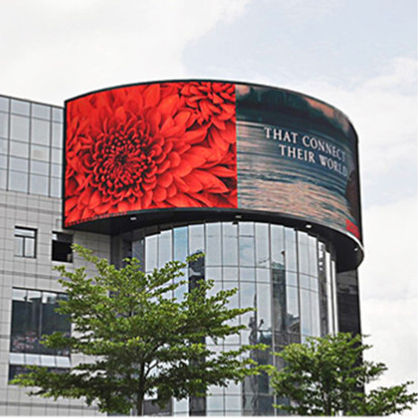
The advantages of using outdoor displays
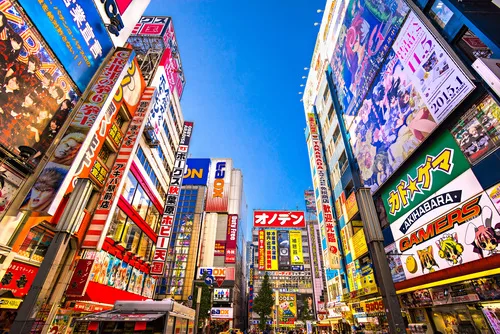
What do you need to know about the brightness of LED display screens?
Today, LED display is widely used in various fields, outdoor advertising, plaza, stadiums, stages, shopping malls and other fields can be seen everywhere in the shadow of the LED display. Can be used for indoor, can also be used for outdoor, understanding the appropriate brightness level is extremely important to achieve the optimal effect. This article will take you into the LED display brightness in-depth understanding, including its scope, the impact and how to adjust and protect.
#Muenled
#LEDdisplay
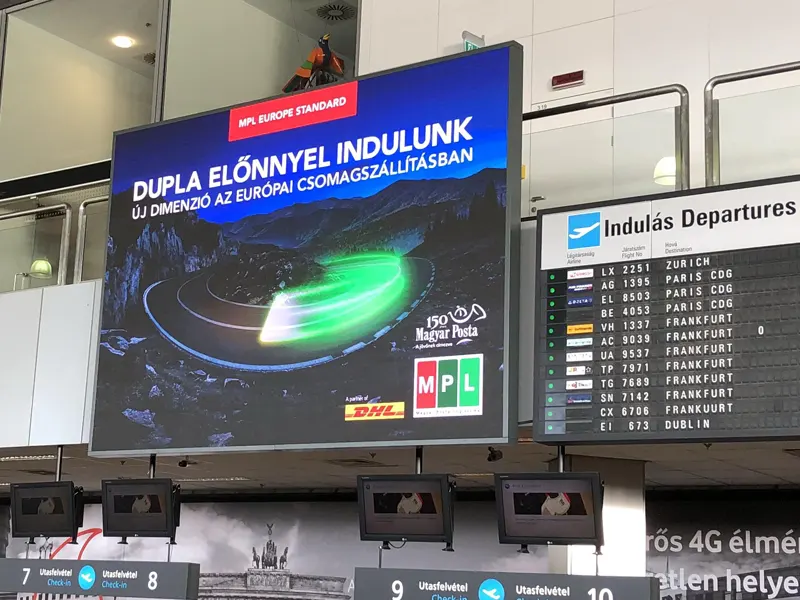
How to make your commercial LED screen content stand out?
In today’s fast-paced digital world, capturing attention and making a lasting impression is more challenging than ever. Commercial LED screens have become the cornerstone of modern advertising campaigns, providing a dynamic platform for delivering messages to target audiences. But how do you ensure your content stands out from the crowd? Here are the top 5 ways to content and engage your audience with commercial LED screens.
#Muenled
#LEDscreen
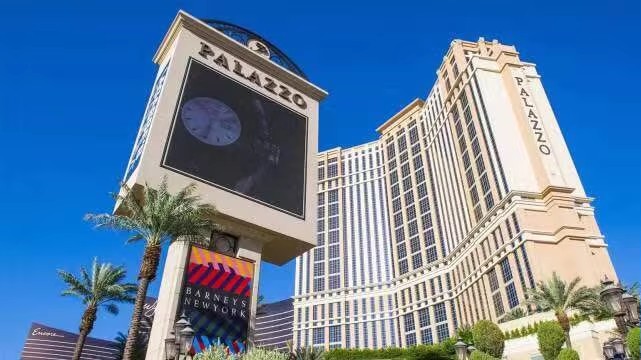
The future development trend of outdoor LED display screens
Outdoor LED screens are the most used digital devices of today. You’ll see them almost anywhere, especially if you live in crowded areas like cities and urban. They are first known to us as advertising signs, then used in various applications later on.
#Muenled
#Outdoorleddisplay
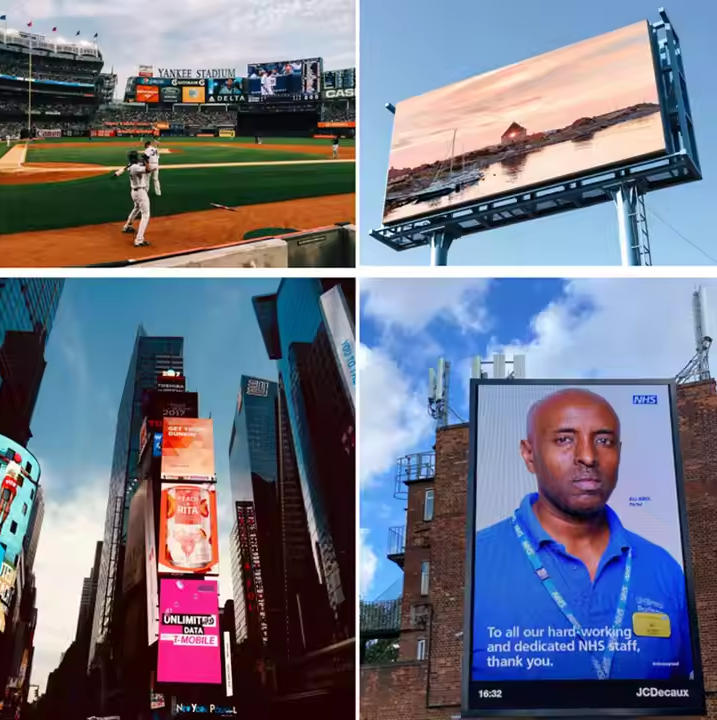
The best outdoor LED screen?
The best outdoor LED screens are P2.5, P3, P4, P5, P6, P8, P10, and P16. But whatever matches your needs is the one that you should go for. This article will help you choose the right outdoor LED screen that will give the most benefits.
LED displays have become a vital element of making a successful advertisement. Especially now that buyers and consumers are more drawn to digital displays than print sales materials.
#Muenled
#Outdoorleddisplay
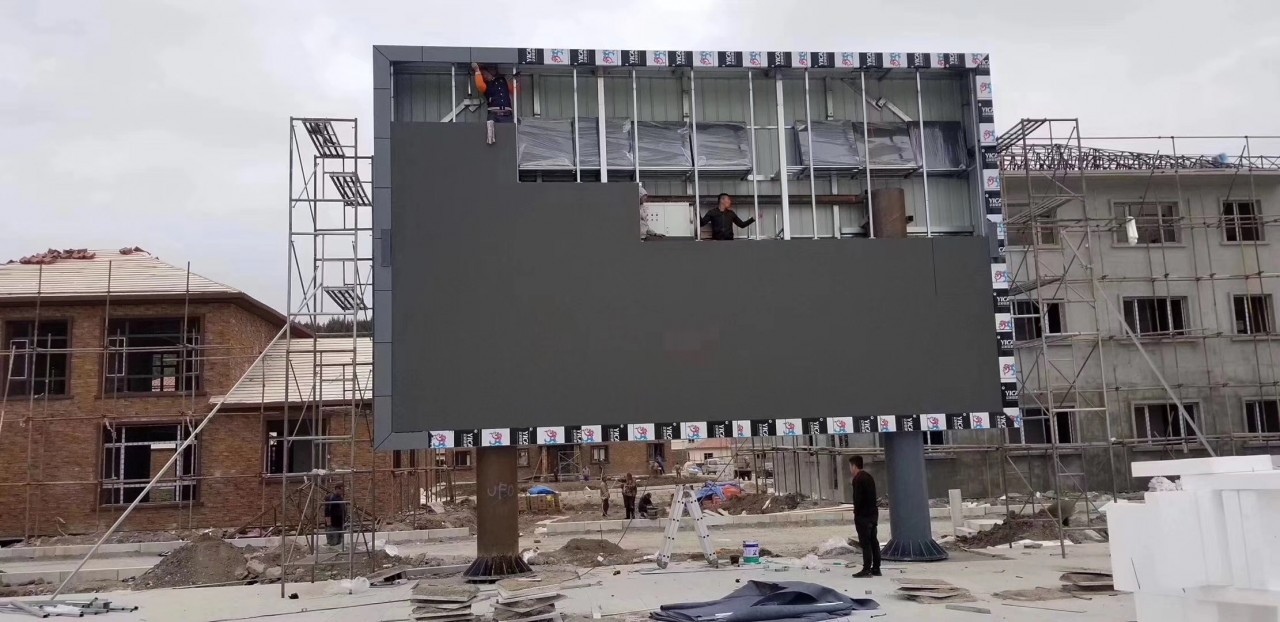
Proper maintenance and upkeep of LED display screens
As a high-tech display device, LED displays are widely used in various settings. However, regular maintenance and care are essential to keep them in optimal working condition and extend their life span. Here are some professional tips to help you maintain and care for your LED displays in daily use.
#Muenled
#LEDdisplay
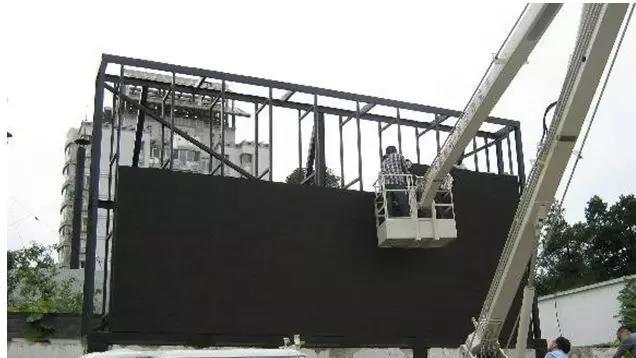
Methods to prevent outdoor LED advertising screens from falling off.
Recently, there have been frequent incidents of outdoor advertising billboards falling and building facades falling, which have brought great safety hazards to society. At the same time, with the arrival of the rainy season, bad weather conditions have further increased the risk of billboards falling. As an important form of outdoor advertising signs, LED displays are located in busy areas with dense traffic and are often exposed to wind and sun, and their safety is of paramount importance. In order to prevent the occurrence of such accidents, outdoor LED displays must take strong measures in terms of structural design, installation methods, regular maintenance and maintenance before installation.
#Muenled
#outdoorLEDscreens
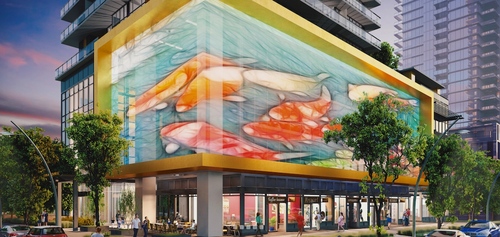
Large outdoor LED screens attract more viewers
With the continuous upgrading of market demand and the continuous iterative updating of new scenes in commercial space, large outdoor LED screens incorporating the most advanced sound and light stage technology in the future have attracted people’s attention. Among the many ways to build a differentiated experience, large screens can make people instantly detached from reality and feel happy and satisfied with a new sensory experience. Many companies are willing to spend a lot of money on this unique “landscape”, so what can this seemingly ordinary “LED electronic board” bring to brand drainage?
#Muenled
#outdoorLEDscreens
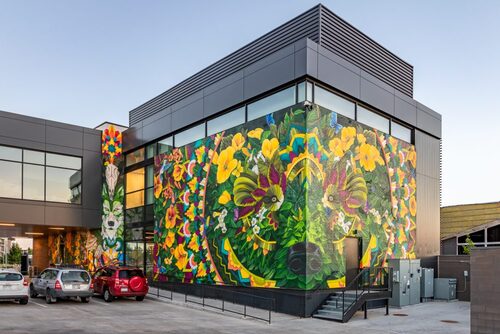
Introduction to Outdoor LED Display
Outdoor LED display, as the new favorite of the future outdoor display advertising media. The area is generally dozens of square meters to several hundred square meters or even larger, with high brightness and large viewing Angle. Can work in the sun, and has a certain wind, rain, waterproof function. Mainly used in outdoor advertising, stations, squares, shopping malls and so on. Outdoor LED advertising screen refers to its use environment is in the outdoor environment of the LED advertising screen, is the LED display system composed of LED components, generally in two-color, is the main form of color LED display
The outdoor LED advertising screen is composed of a lattice structure, the prime is a bright light point, the lattice structure is composed of “row” and “column”, the arrangement of the prime forms the pixels of the LED advertising screen, and the pixels form the physical structure and the group diagram of the LED advertising screen, which provides a good display structure framework for the LED advertising screen. Do you know what is the difference between outdoor LED display and indoor LED display?
#Muenled
#OutdoorLEDdisplay
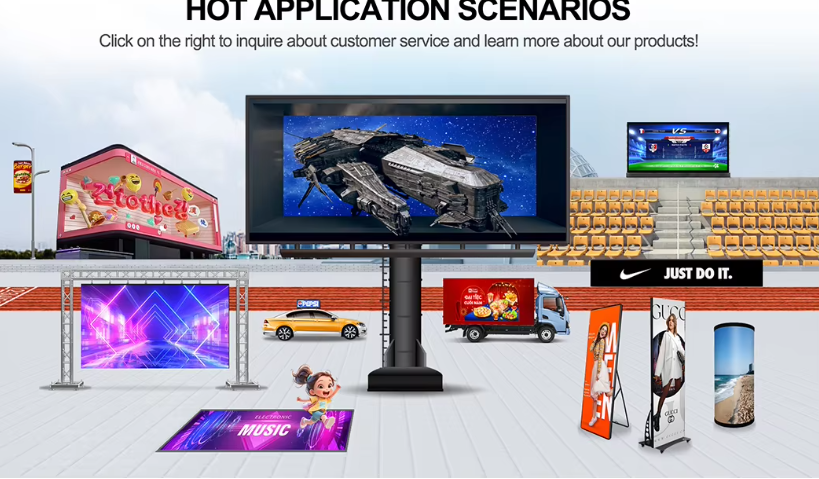
What are the factors that affect the quality of full-color LED display screens?
The quality of full-color LED display screens is affected by multiple factors. In terms of LED chips, chip quality determines brightness, color, and lifespan, while packaging technology affects heat dissipation, moisture resistance, and service life. In the driving circuit, the performance of the driving chip is related to brightness consistency, and the rationality of circuit design affects stability and anti-interference ability. The grayscale level of the control system affects color transition, and the refresh rate determines the display effect of dynamic images. In terms of heat dissipation design, the heat dissipation method and structure affect the performance and stability of the display screen. In addition, the quality of raw materials such as PCB boards also plays an important role in the normal operation of display screens.
#Muenled
# full-colorLEDdisplay